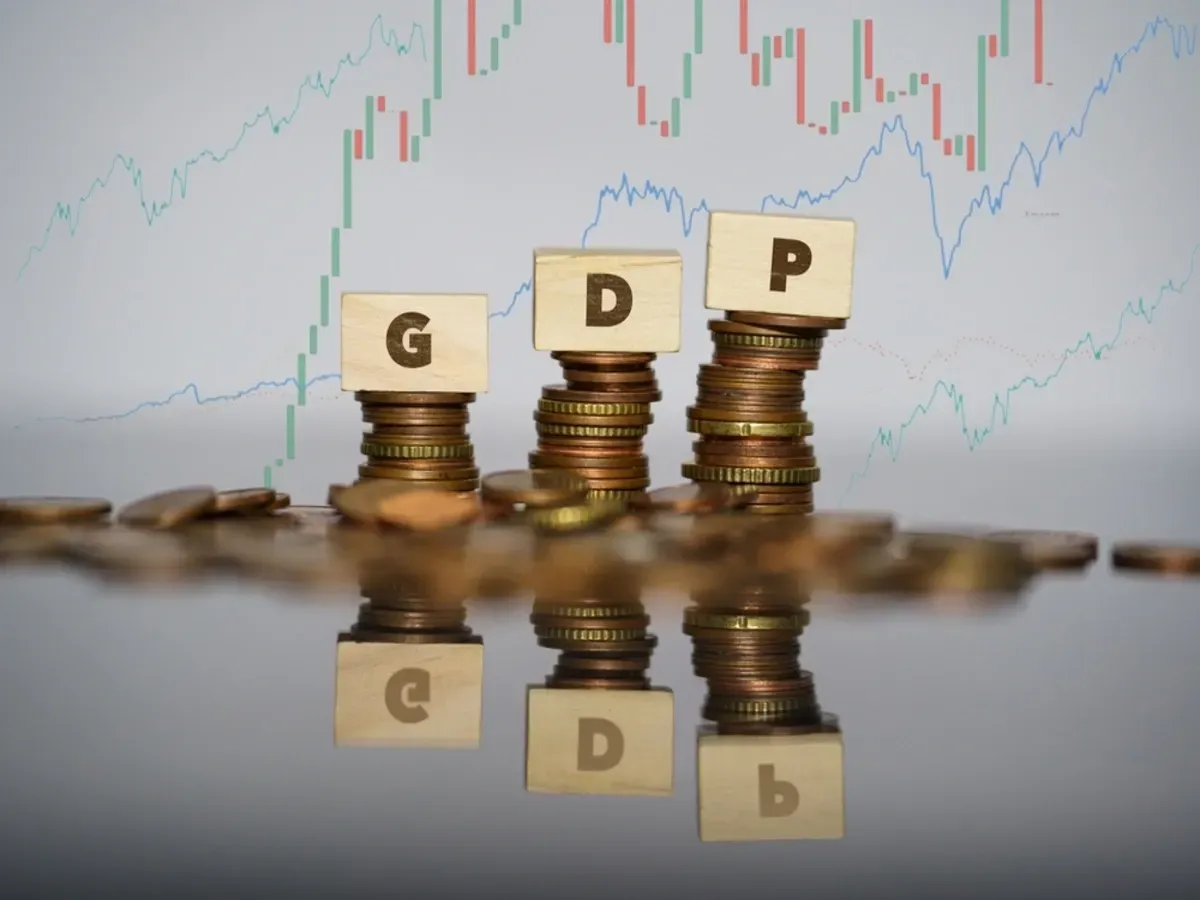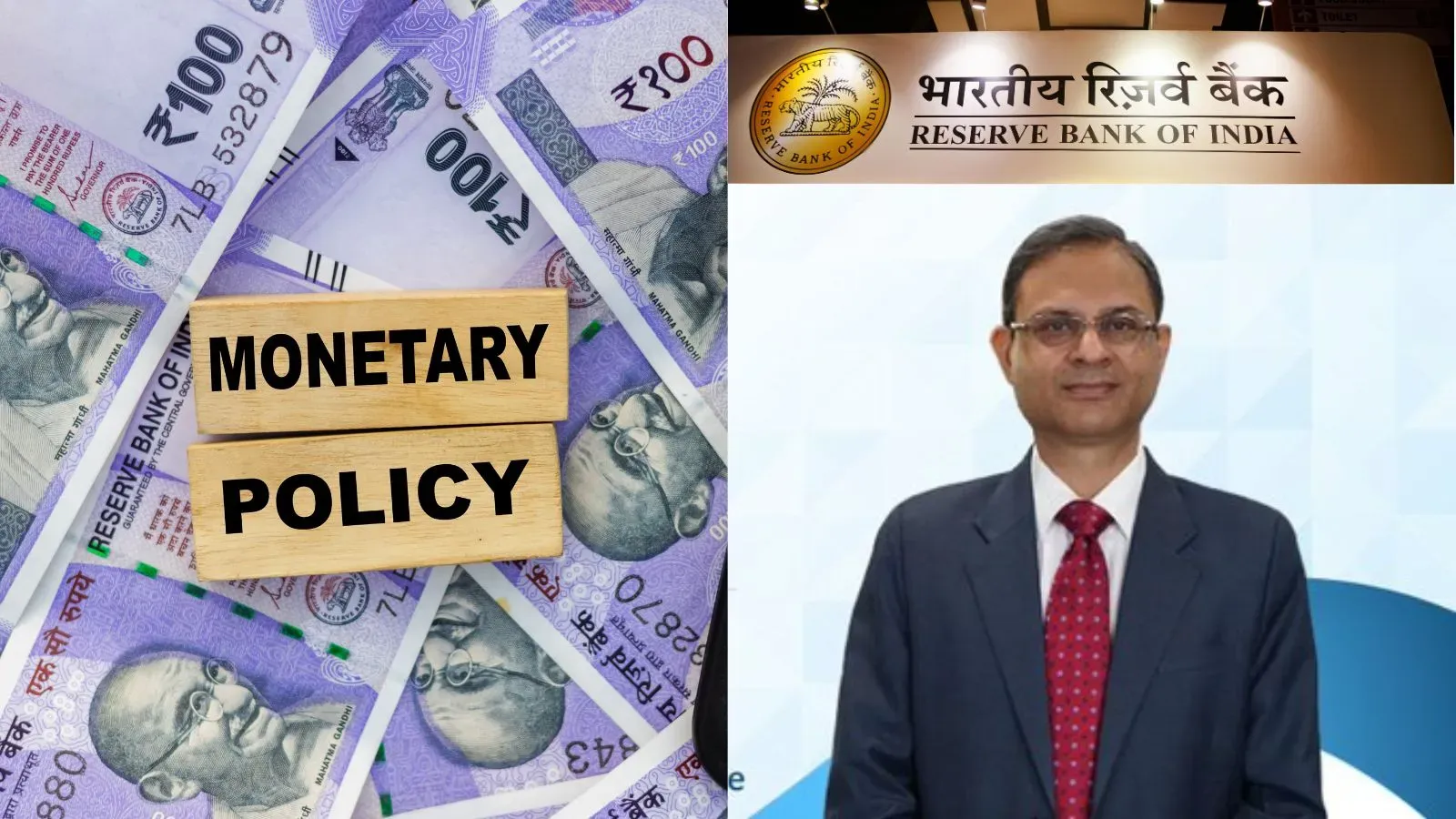Business News
India to surpass US as second largest economy by 2038: EY report

4 min read | Updated on August 28, 2025, 13:54 IST
SUMMARY
As India navigates through challenges created by tariffs, EY's report highlights a starkly different perspective with a long-term projection for India's economy. According to the report, India would surpass the US as the second-largest economy in PPP mode. Host of reforms, favourable demographic dividend, prudent fiscal and monetary management are some of the key accelarators to this growth story.

The EY report highlights India's potential as against other economies .
As India reels under the barrage of economic threats from the US, a latest economy watch report by EY, a global consulting firm, has caught everyone’s eye. The report cites that India will become second second-largest economy in the world by 2038 in PPP (purchasing power parity) terms with a GDP of $34.2 trillion. The news comes in as a ray of hope as the country is trying to navigate through challenges and hurdles created by the 50% tariffs imposed by the United States. The report further highlights that India would surpass the US to become the second-largest economy, next to China. Meanwhile, Germany and Japan would remain in fourth and fifth spots.
Despite the tariffs, India could surpass Japan by FY26 and Germany by 2028 and finally surpass the United States by 2038, becoming the second-largest economy in PPP terms. The prices are calculated on FY21 PPP prices.
Demographic dividend
India’s young population is a major growth driver for the economy. The report highlights that India’s median age is 28.8 years in 2025, which is 10 years younger than 10 years the US at 38.5 years. Meanwhile, China, Japan and Germany have even higher median ages. Japan’s median age is touching 50 years. A young population leads to higher demand for consumption and supply of skilled labour to fulfil it.
Robust fiscal and monetary management
India’s fiscal prudence in managing the crisis is one of the best among the top economies. According to the report, India’s government debt-to-GDP ratio stood at 81% in 2024, in comparison to 236% of Japan, 120% of the US and 88.3% of China. According to the IMF, India’s debt-to-GDP ratio is further expected to improve to 75% by 2030, making it available for immense potential expansion in different sectors
Higher savings and investment
India and China are only two economies among the top five economies with a savings-to-GDP ratio of 30% and above. India’s savings ratio is 32.6%, second only to China at 42% as of 2024. This indicates India has robust gunpowder to fire up investments, which will be essential in accelerating the growth of the economy. In addition, the report also highlights except for India, all four economies would require much higher investment rates to justify their projected GDP growth rates than India.
Faster growth rate
According to the report, India’s GDP is expected to grow at 6.5% by 2030, as against 2.1% for the US, leading to 2.3x to 3.6x faster growth than the US in the coming years. A faster and accelerated growth in India than in other countries would help the nation leap ahead of all major economies and help it become the second-largest economy.
Robust structural reforms
Alongside the strong metrics and positioning, India’s growth is also expected to be propelled by a host of reforms. These include GST rationalisation, Insolvency and Bankruptcy Code (IBC), product-linked incentive scheme and financial inclusion via UPI. These reforms have brought immense potential for growth and stability in the economy. Experts believe that the overall tariff impact on the economy would be around 1% of the GDP, which the government may mitigate by utilising strategic policies.
Expert commentary
According to Mr DK Shrivastava, chief policy advisor, EY India,” India’s GDP in FY25 is estimated by the IMF at PPP$14.2trillion — around 3.6 times larger than when measured in market exchange rate terms. India is thus already the third-largest economy after China and the US. If beyond 2030, India and the US maintain average growth rates of 6.5% and 2.1%, respectively, during 2028–2030 (as per IMF forecasts), India may surpass the US economy in PPP terms by 2038.
By signing up you agree to Upstox’s Terms & Conditions
About The Author
Next Story

